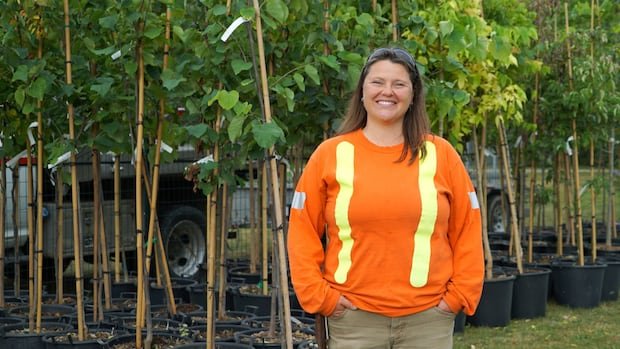The City of Waterloo is embarking on a tree-planting initiative to enhance its tree canopy by adding 10,000 trees in various green spaces, parks, and boulevards. Currently, 2,000 trees have been planted, with a target to plant an additional 2,000 by the end of November and the remaining 6,000 in the upcoming spring.
Sarah Soerensen, the parks project coordinator, mentioned that despite having a 32 percent canopy in 2022, which is considered substantial, the goal is to further expand it. The recent funding of nearly $2 million from the federal government and the Federation of Canadian Municipalities kickstarted the tree-planting project.
Soerensen emphasized that the city has ample open spaces like parks to accommodate the planned 10,000 trees. The initiative includes introducing a variety of trees such as pawpaw trees, native nut trees like Shagbark Hickory and eastern redbud trees, and endangered species like flowering Dogwood to diversify the city’s canopy.
Diversifying the tree species is crucial in combating the effects of climate change, making the tree population less vulnerable to specific pests and diseases. Soerensen highlighted that having a mix of tree species helps prevent the total loss of trees due to pests and contributes to reducing the urban heat island effect in the city.
In a similar endeavor, the City of Kitchener received $2.5 million for its tree-planting program, aiming to plant 20,000 trees in 2025 and 2026. The initiative is part of the city’s efforts to increase tree canopy coverage and enhance the urban forest. Additionally, in Woolwich Township, volunteers from Bring Back the Maples planted over 22,000 trees along roads to restore the tree population, addressing the gradual decline observed over the years.
The tree-planting projects in both Waterloo and Kitchener signify a collective effort to promote environmental sustainability and enhance the green landscape of the region.

